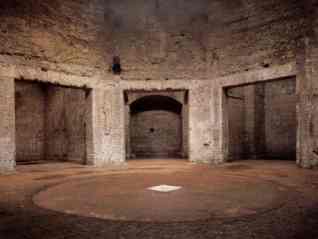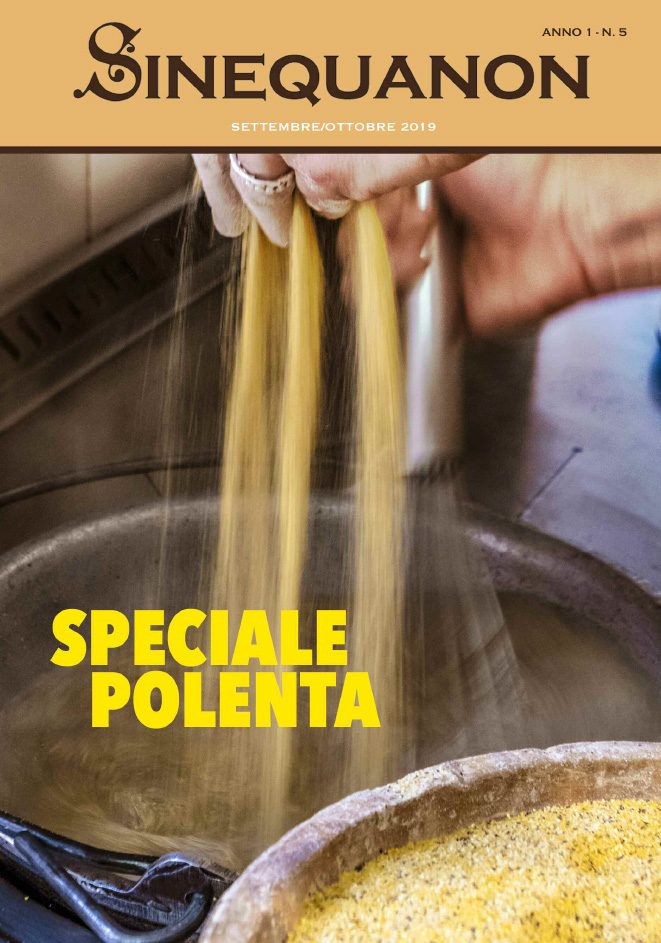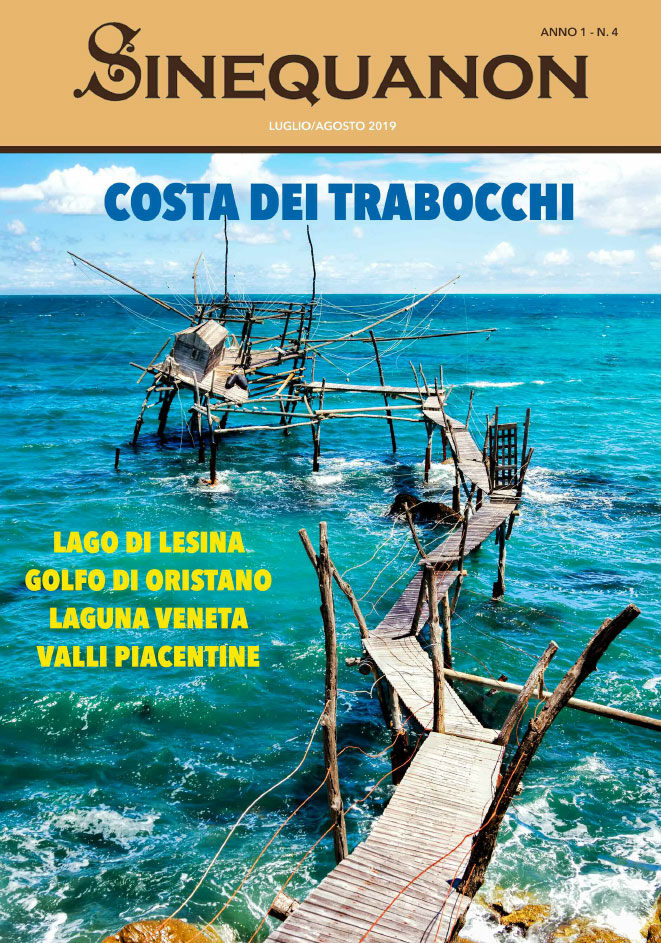LUIGI BERNARDI

“Finally, I have a house that’s worthy of the name.” Thus, the satisfied Nero inaugurated the Domus Aurea. Svetonio reported on the occasion, adding a vivid description of the sumptuous building. Everything was covered with gold, adorned with gems and conchs. The luncheon rooms had ceilings of moveable slabs of drilled ivory that allowed flowers and perfume to fall through. The circular main part turned continuously, night and day. The emperor had this marvelous palace built by two architects, Severo and Celere, after the disastrous fire that devastated Rome in 64 ACE, leaving a desolate, ruined panorama – quite different from that desired by the megalomaniac tyrant. Even if the major part of the fantastic decorations noted by the historian have disappeared, the grandness of the area and of that which remains of the frescoes awed the visitors that were allowed to enter, in restricted numbers for security reasons, this extraordinary architectural complex this summer. The complex, hidden below the gardens of the Colle Oppio, was reopened to the public on 25 June, after the inauguration conducted by Giovanna Melandri, Minister of Works and Cultural Activities.
The explored areas of the Domus Area extend some 300 meters, ranging from 50 to 100 meters wide. The restored part, now open to the public, runs 220 meters, through 32 rooms. On display: The Ninfeo (Nymph) with frescoes depicting Ulysses and Polyphemos, the Sala della Volta Dorata (Room of the Golden Face), the Achilles and Sciro rooms, the Octagonal Room, the Hector and Andromaca Room. The work on this exceptional archeological dig – directed by architect Antonello Vodret, supervised by Irene Jacopi, assisted by Ida Sciortino and Elisabetta Segala, will go on for years. Other frescoes, now pocked by calcium and salt deposited by rainwater that filtered in through three meters of dirt from the gardens above, may now emerge again, thanks to the cleaning and restorations carried out by Elio Paparatti and his collaborators. The beautiful decorations, with motives of fantastical creatures, humans and animals, seem to have been done by a certain Fabullus, or Famulus. 
Many Renaissance painters, poking through these underground passages after their fortuitous discovery at the end of the 1400′s, found inspiration for their work on walls and ceilings of villas and palaces, giving birth to the grotesque style. And these aren’t the only ruins to have been discovered in the guts of the Colle Oppio – there are another 150 rooms known of today.
But let’s get back to Nero, that abhorred, and worshipped, figure. He was born in Anzio in 37 BCE, the son of Gneo Domizio Enobarbo and Agrippina Minore, great-grandchild of Augustus. In 49, Agrippina married for the second time, the groom being the Emperor, Claudio, who named Nero as his successor, passing over his own son, Britannico, who died at 14 years old, most likely poisoned. In 54, Claudio died – maybe for the same reason – and 17-year-old Nero became Emperor. His mother contended for power over his court with the wisest advisors, such as the philosopher, Lucio Anneo Seneca.
They seemed to be good years for the Empire, even if the young Emperor acted like young people have throughout the ages. Dressed up to avoid being recognized, he would go out at night to the local hot spots, getting laughs – sometimes he would put on shows as a singer/songwriter. Agrippina was killed at Baia in 59. Nero, infatuated with the slave girl, Atte, and then with Poppea Sabina, sent his wife, Ottavia, into exile at Ventotene, and island then called Padnataria – she was eliminated soon after.
Between 54 and 58k, Nero had the Domus Transitoria built. It’s function was to connect the Imperial holdings on the Palatino (Domus Tiberiana, etc) with those on the Esquilino, the Horti di Mecenate. In the valley in between there were also private buildings, as well as a lake. The fire of 64 burned it all away. Nero took advantage of the space, creating his vast residential complex, with pavilions, gates, gardens and a colossal bronze statue overlooking the lake, painted look the Sun god, which would give it’s name to the Coloseum amphitheater built by the Flavian Emperors between 72 and 80, in the High Medieval, before being destroyed.
Afterwards, Nero started work on the real Imperial Palace, which he adorned with statues, paintings, and decorations. During this time, he managed to get rid of a pregnant Poppea, killed by a kick to the stomach, as well as Seneca and others considered conspirators against him. Some believe that Nero, probably mistakenly, wanted Rome to burn. At any rate, the blame was laid on the first Christians, who were punished, among them the apostles Peter and Paul. The populace liked Nero – he put on shows and entertainment, reduced taxes on consumables, favoring the poorer people, and introduced taxes on inheritance, making enemies among the rich.
In 66, the Emperor left for Greece for a long tournament of singer/songwriters and poets. He returned to Rome after one year and a half, in 68. The governors of the provinces were in revolt, and the Senate declared Nero a public enemy. A hunted Nero took refuge in a suburban villa and killed himself, with the help of his secretary, Hepaphrodite, pronouncing the celebrated phrase, “Qualis artifex pereo!”. The Domus Aurea was sacked and pillaged. Perhaps a part of it was reused by Tito, Emperor from 79 to 81. It was destroyed in 104 by fire. Traiano (98-117) used the complex, modified and reinforced. And the Domus Aurea was forgotten. Domus Aurea viene saccheggiata e spogliata, forse in parte riutilizzata da Tito, imperatore dal 79 all’81; nel 104 viene devastata da un incendio. Traiano (98 -117) ne approfitta per utilizzare il complesso, modificato e rafforzato con altri muri, quale sotterraneo delle sue Terme. Così della Domus Aurea si perde la memoria.



